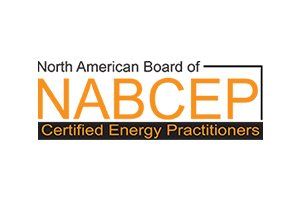GET IN TOUCH
REQUEST A CALL BACK
Menu Call Back Form
(715) 223-0418
What Is the Relationship Between Generators and Solar Energy?
As the world increasingly shifts towards sustainable energy sources, understanding the dynamics between traditional energy generators and renewable resources like solar energy becomes imperative. Generators have long been the backbone of electricity supply, ensuring that power is available even during peak demand times and emergencies. However, the increasing deployment of solar panel systems presents both opportunities and challenges, as it adapts to the grid and potentially transforms energy generation and consumption patterns.
Clean Power
The integration of solar into the grid system signifies a pivotal shift in how we perceive and utilize energy. Solar is one of the most prolific and clean sources of power, harnessing the sun's rays to generate electricity without the harmful emissions associated with fossil fuels. According to the U.S. Energy Information Administration, solar power is expected to make up over 50% of new generating power in the United States. This illustrates the rapid adoption and commitment to renewable energy sources. This shift carries implications for traditional generators, as solar energy can supplement their output, reduce reliance on fossil fuels, and decrease carbon footprints.
Solar Generators
Traditional generators, such as those powered by coal, natural gas, or nuclear energy, provide consistent and stable power but often at higher environmental costs. The relationship between these generators and solar power is becoming more complementary than competitive. Solar energy's intermittency—owing to factors like weather conditions and daylight hours—necessitates a stable backup, which generators can provide. By working in tandem, solar energy and conventional generators can ensure a seamless transition toward a cleaner energy future, helping manage energy supply and demand effectively.
Reliable Grid
Moreover, technological advancements are facilitating the synergy between generators and solar power. Innovations in battery storage systems allow excess energy to be stored and utilized when sunlight is not available, thereby enhancing the grid's reliability. This synergy not only maximizes the efficiency of solar power but also optimizes the performance of traditional generators. As energy systems become increasingly decentralized and intelligent, the collaboration between generators and solar power could spearhead more sustainable and resilient energy infrastructures.
The relationship between generators and solar power is one of evolving harmonization, marked by mutual benefits and shared goals. While solar rises to claim a larger share of the energy landscape, generators, both traditional and innovative, adapt to the changing dynamics, ensuring uninterrupted and clean energy delivery. This cooperation is essential for advancing towards a sustainable energy future, where renewables and traditional systems coexist to meet global energy needs efficiently and responsibly. Are you interested in
solar energy? Contact Northwind Solar to learn more!



























Share On: